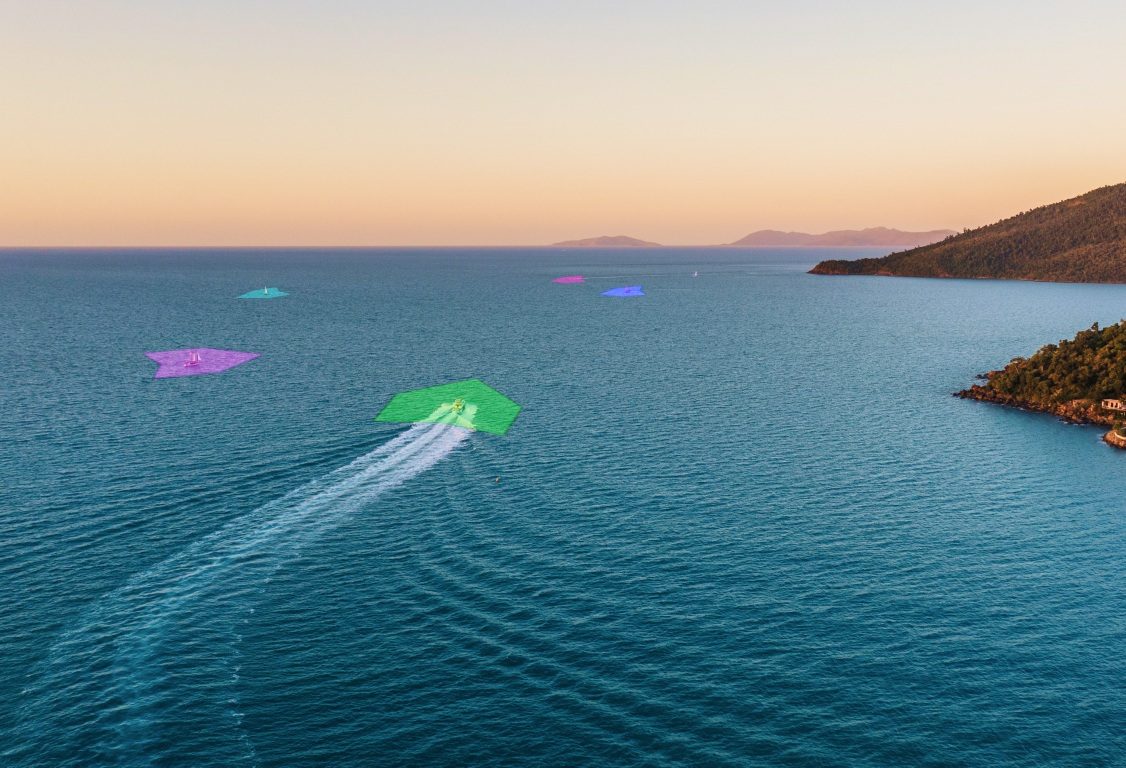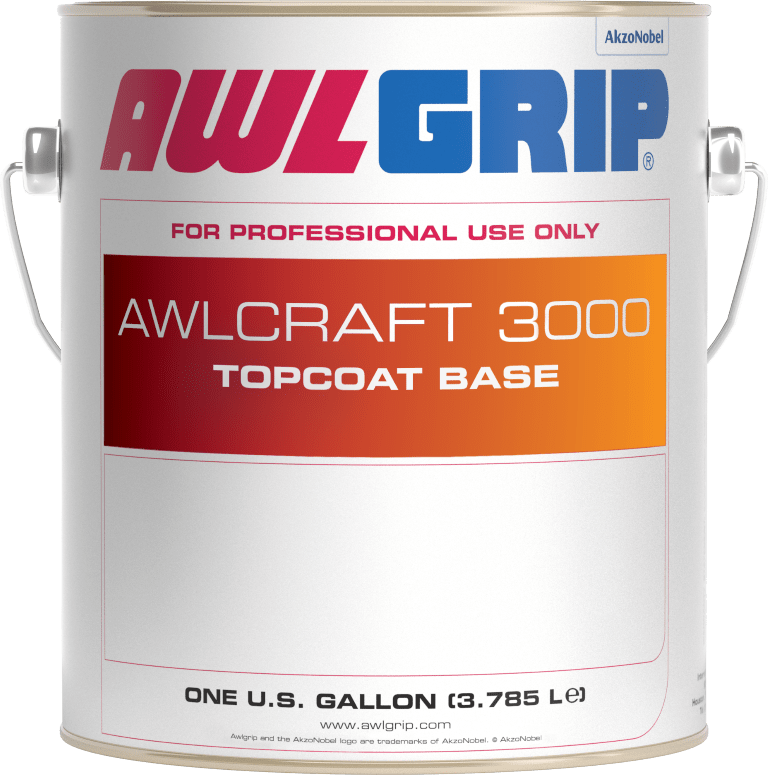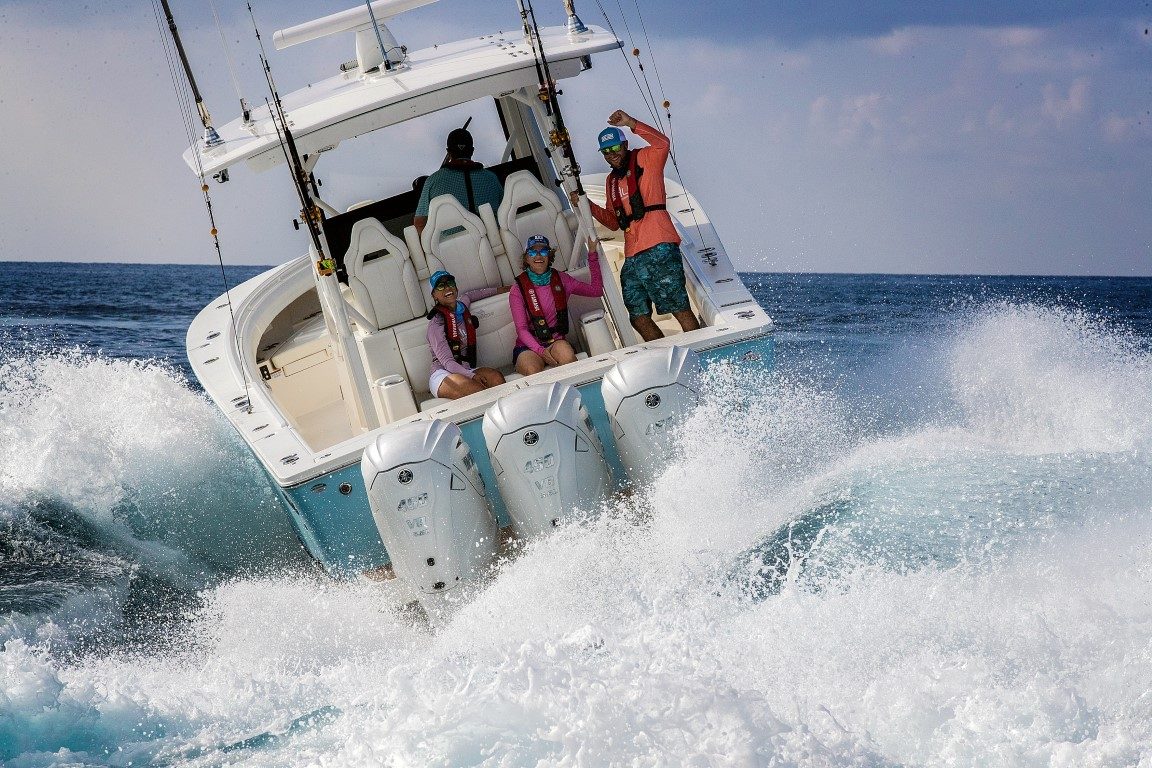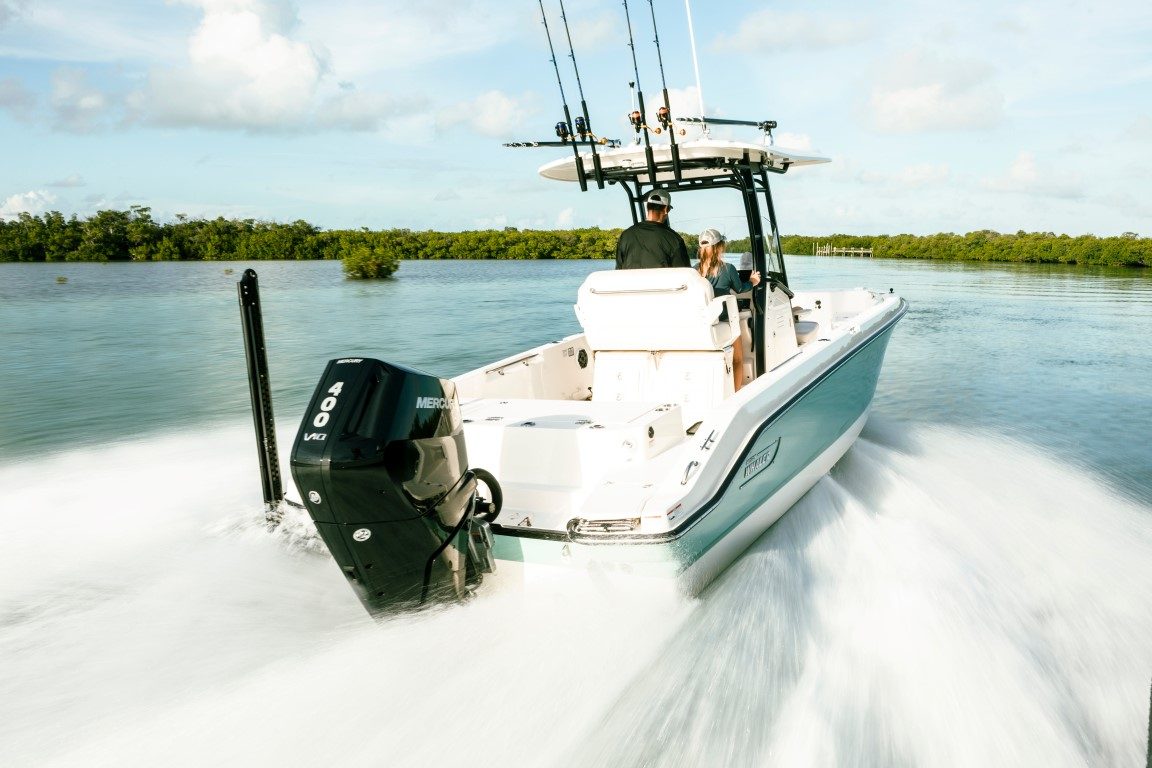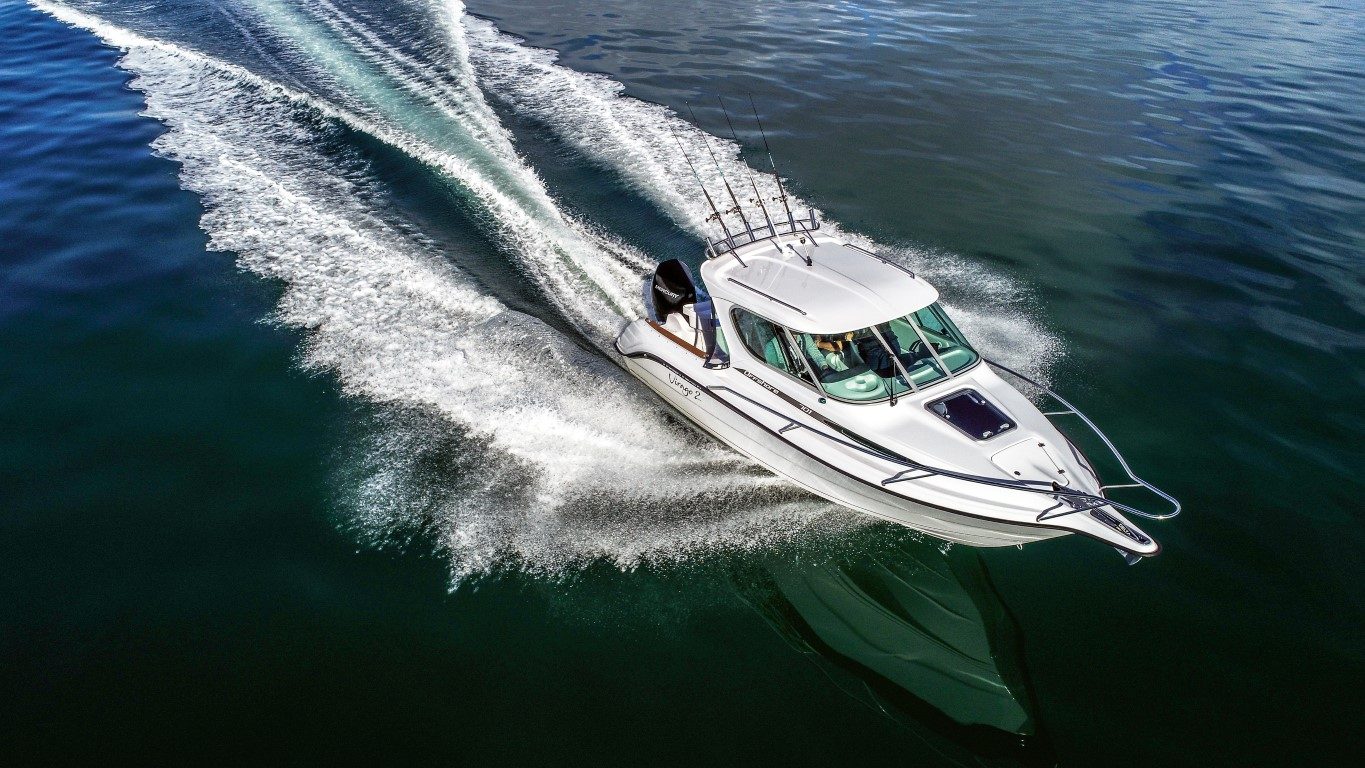

That’s the situation here, even though Mercury NZ secured a generous allocation of the new model. Demand, says Mercury Marine’s Dean Villis, has surprised everyone: “We ordered more than we thought we would need, but sales have gone crazy!”
Mercury has 20 of the new V8s on order, of which 18 are already sold.
The new V8 (available in Verado, FourStroke, Sea Pro commercial, Pro XS and Mercury Racing variants) has a 4.6-litre, 32-valve, dual-overhead camshaft powerhead offering loads of torque, but also excellent fuel economy. The new V8s come in 200hp, 225hp, 250hp and 300hp versions.

Mercury’s narrow 64-degree bank, large capacity V8 is remarkably lightweight – 240kg in non-Verado versions, which is considerably lighter than the 225-300hp L6 Verado models it replaces. L6 Verados continue in 350hp and 400hp guises. The V8’s narrow cylinder bank angle and clever exhaust routing means a minimal transom footprint.
Advanced Mid-Section
I got to experience the range-topping 300hp V8 for the first time in late June. It was the very first Mercury V8 bolted to the transom of a boat in New Zealand, a Tristram 701 Offshore fresh from the factory in Hamilton.
This engine is the Verado model with Mercury’s ‘Advanced Mid-Section’ (AMS), which includes integrated electro-hydraulic power steering and four-point perimeter engine mounts. Joystick piloting is an option and SmartCraft Digital Throttle and Shift (DTS) is standard.

Mercury is now offering outboards in colours other than Phantom Black. In the V8s, three shades of white are available in addition to black, along with accent panels in four colours, plus a ‘ready to paint’ accent panel option to custom-match the boat.
Outboards with AMS are identifiable by their silver side panels and feature heavy-duty 5.4-inch gearcases. This combination of technology is currently only available on Verado models.
AMS features a mid-engine cradle that allows the mid-section to pivot as well as swivel, which virtually eliminates propeller ventilation and improves control when turning. Progressive rate perimeter engine mounts isolate the powerhead, reducing vibration and noise.
With the introduction of new V6 and V8 four-stroke outboards, Mercury’s Opti-max two-stroke range and 225-300hp Verado L6 supercharged four-stroke models have been discontinued.
V8 Tristram
The Tristram 701 goes nicely with a 200hp V6 (Boating NZ, January 2015), so unsurprisingly performance is very spirited with a 300hp V8 on the transom. But it’s not just the performance that impresses: this is a seriously quiet engine, particularly at idle when the telltale is all you can hear from the helm.
Of course, if you want to enjoy a real V8 soundtrack, you can opt for Mercury’s Advanced Sound Control. This allows users to toggle between ultra-quiet operation and, by opening an exhaust valve via Vessel View, a throatier-sounding sport mode. It’s a popular option, says Villis.

Mercury has gone to considerable trouble to ensure the V8 engine is quiet. In AMS versions, vibration is virtually eliminated, and like the new V6 engines, the V8 benefits from sharp, angular styling and robust cowlings. Verado models get extra sound insulation.
To a certain extent the distinctive cowl design is a result of having to accommodate the exhaust manifold between the cylinder banks. The exhaust is then routed from the top of the engine down the centreline of the powerhead. A narrow cowling means the V8, in multiple installations, can be mounted at class-leading 26-inch (66.1cm) centres.
Light, fast and quiet
The motors are so light, Mercury could afford to add extra sound deadening underneath the cowlings. Engine covers are lifted off from above using a single heavy-duty handle accessed through the top cowl service door that allows engine fluid level monitoring without the need to remove the cowling. A red button on the handle releases all the latches around the cowl.
As noted, the Tristram 701 shines with this engine on the transom. The team at Tristram tested with several propellers going up in pitch each time before settling on a 19-inch-pitch Enertia stainless steel model. This propeller provides a good compromise between acceleration and top speed, but according to Tristram Marine’s Kingsley Fink, a 20-inch prop would result in an even higher top speed than the 44 knots we achieved.
The V8 benefits from Mercury’s Transient Spark technology, which optimises spark timing, resulting in additional torque during hole shots. The additional torque translates into quicker acceleration.
Another Mercury technology, Advanced Range Optimization, automatically adjusts fuel delivery for better cruise-speed fuel efficiency. Mercury’s version of lean-burn technology returned a fuel consumption figure of 37 litres per hour at 26 knots/4000rpm, according to our instruments.

Also apparent during our run with the 701 Offshore was one of the effects of Mercury’s Adaptive Speed Control (ASC), which maintains the driver’s desired rpm regardless of load or sea conditions. Like Mercury’s new V6 engines, the V8 holds its revs without you having to adjust the throttle. Combined with the steering geometry afforded by the Advanced Mid-Section, ASC delivered awesome cornering performance, including full-throttle turns.
The Tristram is the sort of boat that loves a bit of power and it can easily accommodate the 300hp V8 Mercury because it’s so light. The deep-vee hull smooths out the bumps and the boat’s safe high-speed handling characteristics inspire confidence. Hole shots and acceleration in general are of course exceptional with all that torque on tap, most of it available at the lower end of the rev range, though the V8 happily revs to 6000rpm.
Popular option
Tristram Marine is excited to be able to offer a lightweight V8 outboard option with the 701 and the new Mercury will find its way onto the transoms of other large trailer boats in the Tristram range as well, says Kingsley.
With Mercury Marine’s new V8 outboard engines – and the new V6 range – being snapped up by New Zealand boat manufacturers and importers as fast as Mercury’s local agents can land them, we can expect to see many more of these impressive engines on the water.
 Specifications
Specifications
HP / kW 300 / 224
Engine type V8
Displacement 4.6L
(279 cubic inches)
Cylinder Configuration
V8 [64o] with dual overhead cam [DOHC] and 32-valves
Full throttle RPM 5200-6000
Air induction Performance-Tuned Long-Runner Intake Manifold
Fuel induction system Electronic fuel injection (EFI) computer controlled with Advanced Range Optimization
Alternator amp / watt 115-amp (1449 watt) with Idle Charge
Recommended fuel
Unleaded 91 octane

